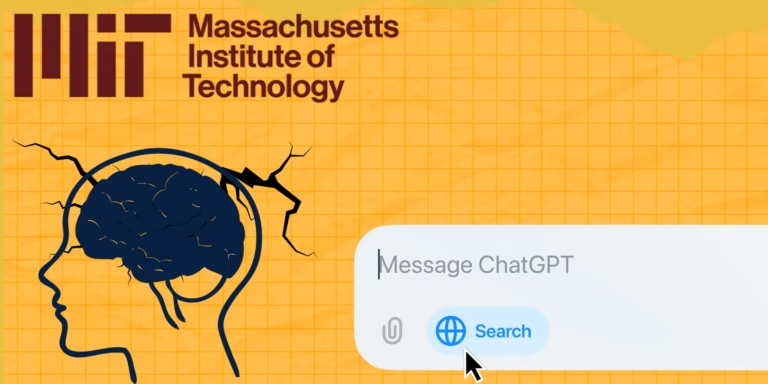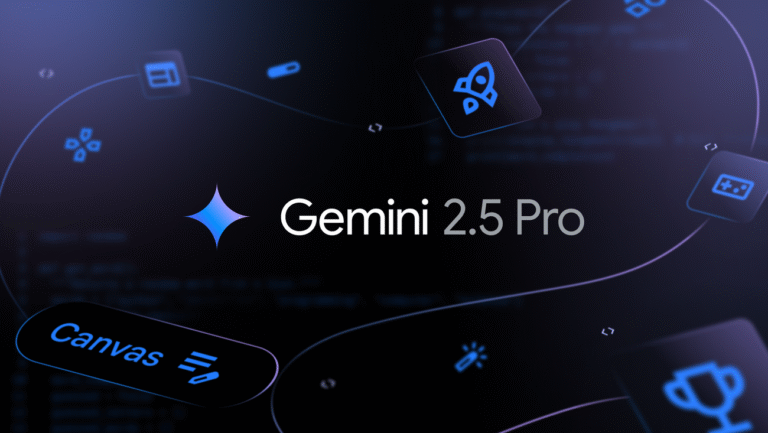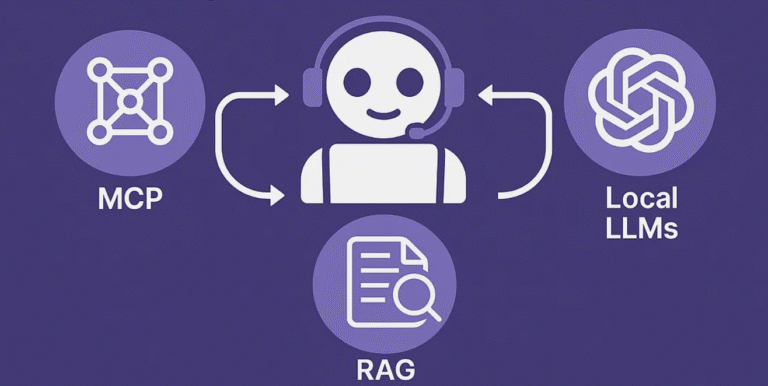The AI Revolution Demands New Hardware: Sam Altman on Why Your Current Devices Won’t Cut It
OpenAI’s Strategic Direction and Challenges Ahead
OpenAI’s foundational mission, established in 2015, was to pursue Artificial General Intelligence (AGI), a goal that many considered improbable at the time. Despite the perceived difficulty and the presence of advanced competitors, a committed group of individuals focused on this ambitious objective, attracting significant talent due to the uniqueness and potential value of the mission.
The company aims to serve as a platform for other developers, encouraging them to build new applications and agents rather than replicating its core chat assistant. Future initiatives may include a new “app or agent store” within ChatGPT to drive traffic to startups and a “sign-in with OpenAI” feature, enabling users to easily connect their personalized models to new services.
Despite rapid growth, becoming one of the world’s most visited websites, OpenAI faces substantial challenges:
- Compute Shortages: As mentioned, the company is grappling with severe compute shortages, delaying product rollouts and increasing operational costs.
- Scaling Infrastructure: Scaling infrastructure to support rapid user growth has been a major undertaking, given the unprecedented speed of expansion.
- Defensibility: While early defensibility was simply having the only functional product, this has evolved to include brand recognition, memory features, and deep integrations. For startups, Altman emphasizes the importance of defensibility, often achieved by working on contrarian ideas rather than following popular trends.




